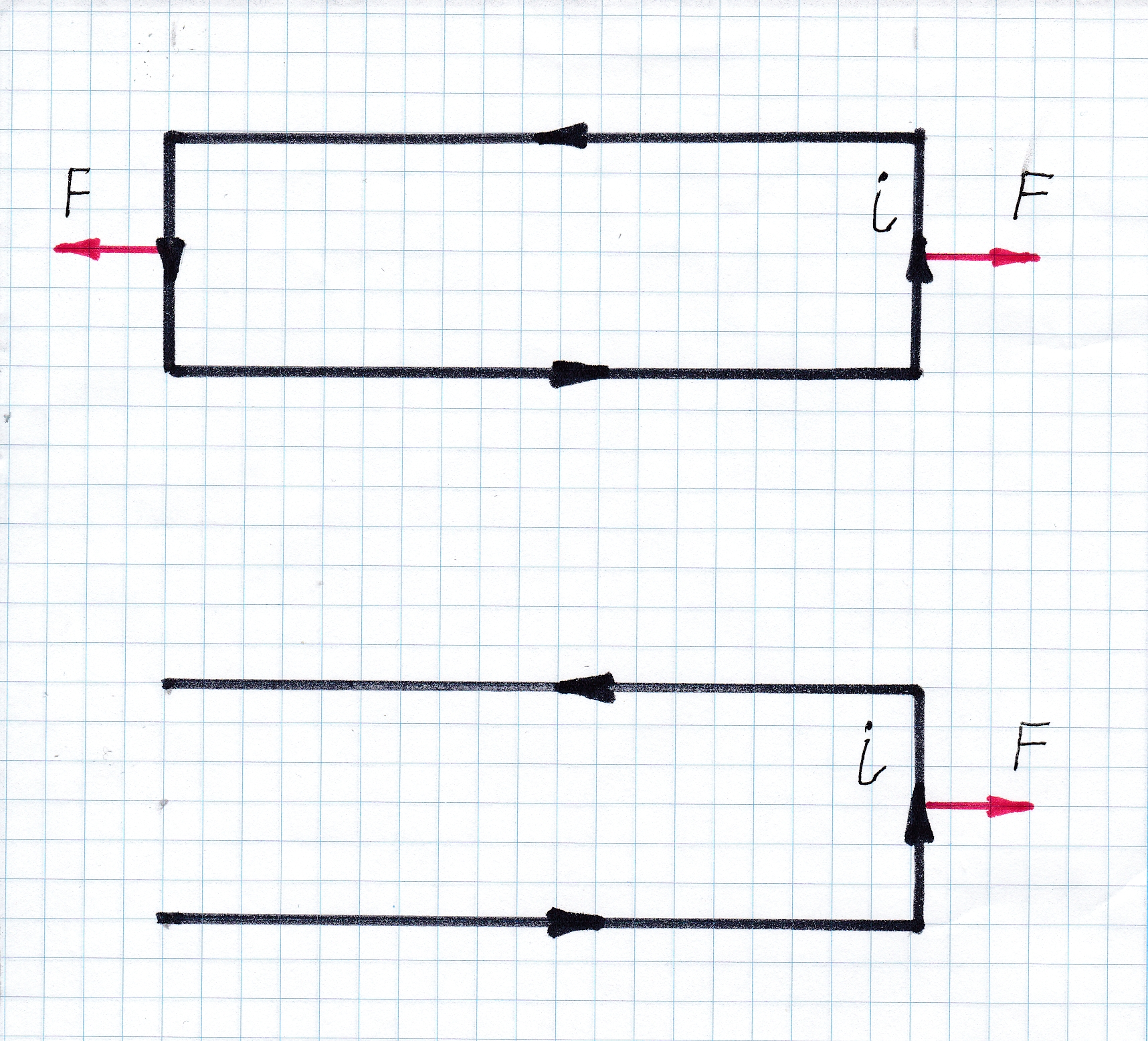From time to time, honest Internet users are intrigued by reports of an EmDrive microwave engine, consisting of a microwave generator and a resonator, and creating cravings in violation of conservation laws. From the popular descriptions of the invention it is impossible to understand the principle of its action, even among titled authors. Looks like they just don't know him.
I decided to dig deeper and discovered what I’m looking for at least two sources:
in the description of the
patent of Roger Scheuer and in the
article of Scheuer .
The invention is essentially a closed radio wave resonator bounded by a conical and two flat surfaces - "lids", as shown in Figure 1:
<img src = "

"alt =" image "/>
Pic1
It turns out that the stated principle of operation was that when the electromagnetic wave moves to the narrow end of the resonator, the group velocity of the wave (V1) decreases, while moving toward the wide one increases (V2). Therefore, the response to the reflection of a wave from the wide end of the resonator must be greater than from a narrow one.
The resulting thrust (F) should be directed toward the wide end.
Indeed, it is known from the waveguide theory that the group velocity of the wave near the critical frequency strongly depends on the diameter of the waveguide, (apparently, this author considers the EmDrive as a waveguide with a variable cross section).
Also, the direct dependence of the wave momentum on the group velocity does not contradict the theory. But, first, the electromagnetic field inside the resonator is considered to be the result of superposition of waves, each of which, when moving between walls, does not receive any increment of speed and momentum in absolute value, it only changes direction when reflected from the walls. Therefore, these waves do not give reason to doubt the law of conservation of momentum.
Secondly, the waves carry momentum not only along the axis of the waveguide or resonator, but also create pressure (P) on the conical wall (Fig. 1). The result of this pressure has an axial component (F1), directed opposite to the thrust force (F), declared by Scheuer. This component is not taken into account by them, but there is no reason to doubt that these forces will balance each other.
My desire to get to the bottom of the truth was due to the fact that a long time ago I had invented a similar engine without recoil, only with a simpler and more obvious idea, which I suggest to make sure.
To do this, consider the forces acting on the frame with current i (Fig. 2, above),
whose properties underlie the operation of most electric motors. The forces (F) acting on the elements of the frame tend to break it. At the same time, each element of the frame corresponds to another with the opposite direction of the force acting on it, so their resultant is zero.
 Pic2
Pic2Remove a piece of the frame, as shown in Figure 2 below. Direct current cannot flow now, but for an alternating discontinuity is not an obstacle due to the capacity of the open ends of the frame. This current through the void is called the bias current, it plays an important role in Maxwell's theory of the electromagnetic field.
As we see, the force F applied to the right element of the frame is not balanced now by the left element, which is absent and the frame should receive an impulse, contrary to the law of conservation.
The current in such an open frame may not be small at all. If the frequency of the current approaches the resonance for given dimensions (the theory of long lines), its value approaches the short circuit current.
By the way, the radiation in this reasoning does not play a role, since it is possible to place the frame in the screen or replace it with a segment of a closed coaxial line. A model of such a device was built and tested, but it did not go as far as publications and world fame.
PS I checked the frame idea on a quarter-wave coaxial resonator and a tube oscillator tuned to a frequency of about 400 MHz. The coaxial resonator in shape is a greatly enlarged segment of a coaxial transmission line, closed at one end. The result was zero.
Description is not an offer to build and experience, it is a good example of a physical paradox that every reader can try to solve.